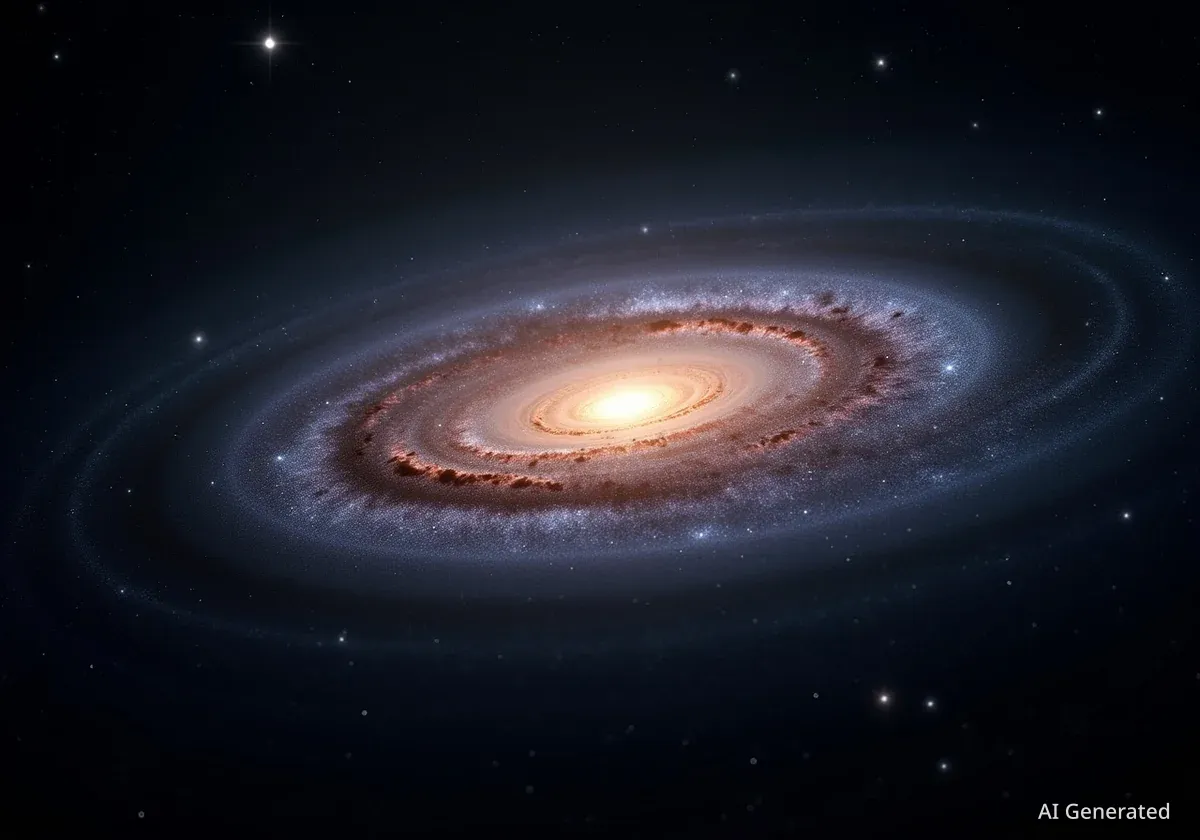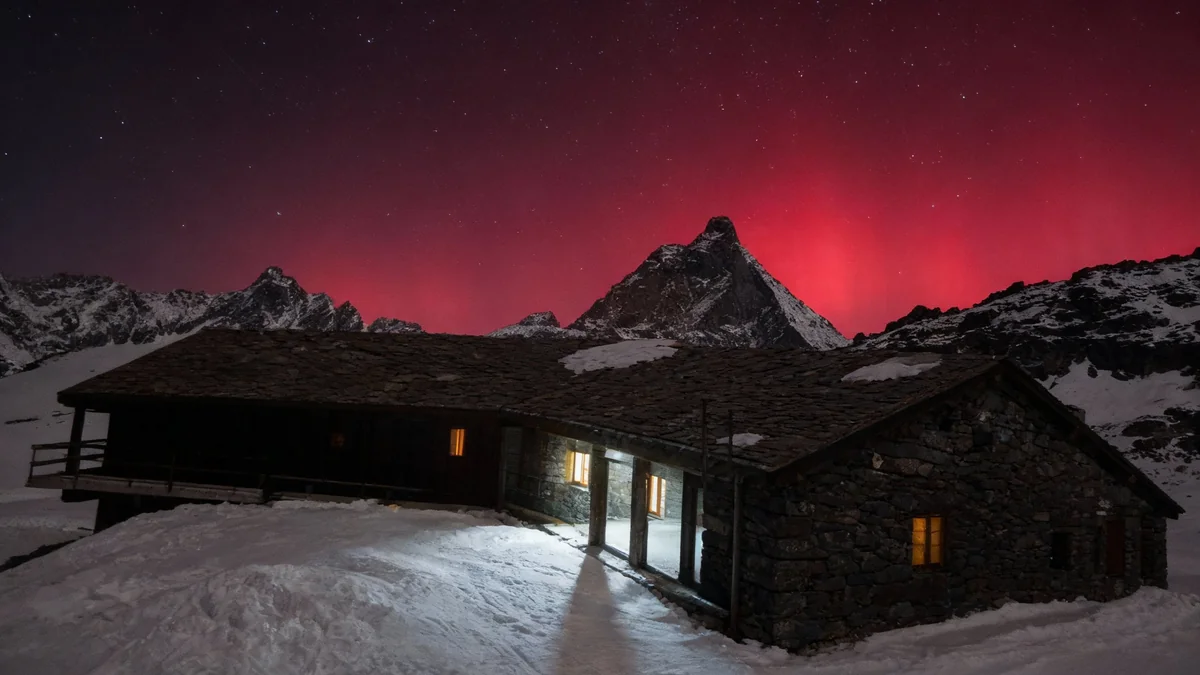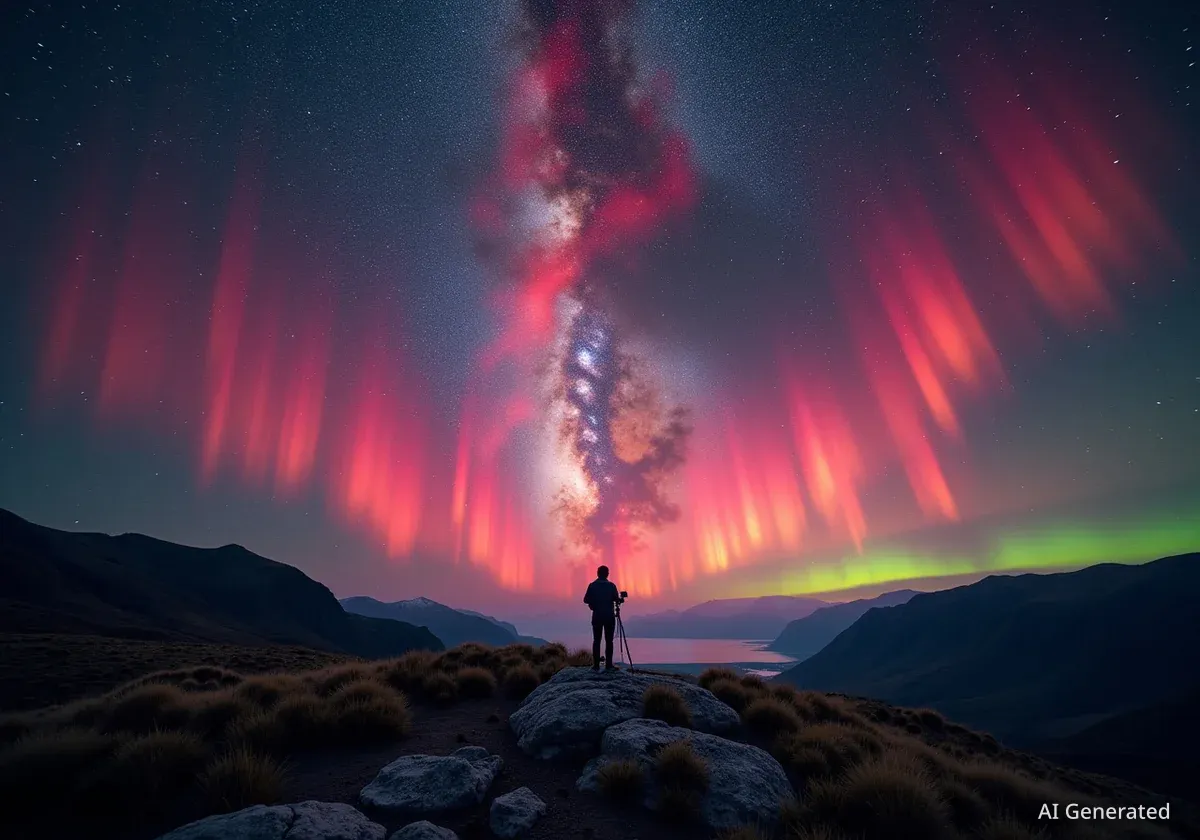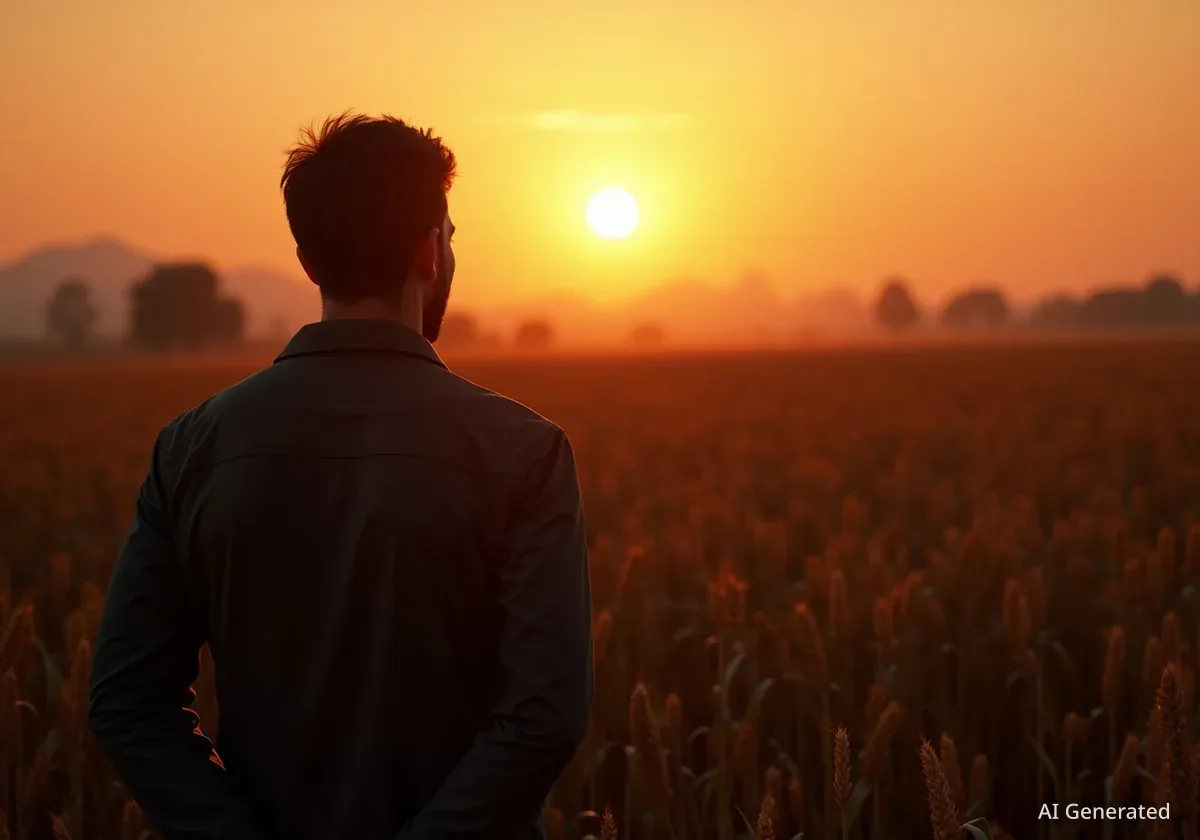A new astrophotography image shows the Andromeda Galaxy, our Milky Way's nearest large galactic neighbor, in remarkable detail. Captured by Ronald Brecher from Guelph, Canada, the portrait reveals intricate features of the galaxy, located 2.5 million light-years from Earth. This image offers a unique perspective on the cosmos.
Key Takeaways
- Astrophotographer Ronald Brecher captured a highly detailed image of the Andromeda Galaxy.
- The image reveals star-forming regions, dust lanes, and two satellite galaxies.
- Brecher spent 38 hours over several weeks to collect the necessary light.
- The Andromeda Galaxy is visible to the naked eye under dark skies.
- Recent research suggests a less certain future collision with the Milky Way.
Capturing Andromeda's Ancient Light
Ronald Brecher, an experienced astrophotographer, spent 38 hours between August 17 and September 2 of this year to create this stunning image. He used specialized equipment from his home observatory in Guelph, Canada. The extended exposure time allowed him to gather enough light to highlight faint structures within the galaxy.
Brecher's setup included a Sky-Watcher Esprit 70 EDX refractor telescope. For imaging, he used a QHY367C Pro camera. This combination enabled the capture of light that has traveled for millions of years to reach Earth.
Andromeda Galaxy Facts
- Distance: Approximately 2.5 million light-years from Earth.
- Size: Spans about 260,000 light-years across.
- Stars: Contains an estimated 1 trillion stars.
- Massive Black Hole: Its center is believed to host a supermassive black hole 140 million times the mass of our Sun.
Detailed Features Revealed
The new image provides a clear view of Andromeda's sweeping spiral arms. These arms are glowing with the intense light of ongoing star formation. Dark, dense dust lanes are also visible, coiling around the galaxy's bright galactic center.
The galactic center is a region of high stellar density. Astronomers believe it contains a supermassive black hole. This black hole is estimated to be 140 million times more massive than our Sun. Its immense gravity influences the motion of stars and gas in the galaxy's core.
"Whenever I look at this galaxy — which is often with my naked eye — I think of the light reaching my eye having begun its journey before humans evolved on earth. Pretty cool."
Ronald Brecher, Astrophotographer
Satellite Galaxies in View
Beyond the main spiral, two of Andromeda's satellite galaxies are also visible in Brecher's portrait. The galaxy M32 appears as a bright, spherical object situated on the upper edge of Andromeda's disk. This dwarf elliptical galaxy is one of Andromeda's closest companions.
Below Andromeda, another fainter, milky splash of light can be seen. This is the elliptical galaxy Messier 110 (M110). M110 is a larger satellite galaxy, hosting an estimated 10 billion stars. These smaller galaxies orbit Andromeda, influenced by its gravitational pull.
Understanding Light-Years
A light-year is the distance light travels in one Earth year. This distance is about 9.46 trillion kilometers (5.88 trillion miles). When we observe the Andromeda Galaxy, we are seeing light that left the galaxy 2.5 million years ago. This means we are looking back in time.
For example, the light from Andromeda began its journey to Earth long before humans first evolved. This concept highlights the vastness of space and the ancient nature of the light captured in astrophotography.
Observing Andromeda from Earth
The Andromeda Galaxy is one of the few galaxies visible to the naked eye from Earth. It can be found in the hours following sunset in late September. To locate it, look for the star Mirach, which is the brightest star in the Andromeda constellation.
Andromeda is less than 10 degrees to the upper left of Mirach. For context, the span of your clenched fist, held at arm's length, covers approximately 10 degrees of the night sky. Under dark skies, away from city lights, Andromeda appears as a faint, fuzzy patch.
Future Galactic Collision Re-evaluated
For many years, astronomers widely believed that the Andromeda Galaxy would collide and merge with our own Milky Way galaxy. This event was projected to occur in about 4 billion years. Such a collision would dramatically reshape both galaxies.
However, recent scientific studies have introduced new perspectives on this predicted cosmic event. Research from the University of Helsinki has cast doubt on the certainty of this collision. Til Sawala, a researcher involved in these studies, noted a significant change in the probability.
According to Sawala's research, "the probability went from near-certainty to a coin flip." This indicates that while a collision remains a possibility, it is no longer considered an inevitable outcome. Further observations and simulations will help refine these predictions.
The Art of Astrophotography
Astrophotography combines scientific observation with artistic expression. It requires specialized equipment and significant dedication to capture faint celestial objects. Photographers like Ronald Brecher spend many hours collecting light, often over multiple nights, to create a single image.
The process involves not only capturing the raw data but also extensive post-processing. This includes stacking multiple images to reduce noise and enhance detail. The result is a visually stunning and scientifically valuable representation of distant cosmic structures.




